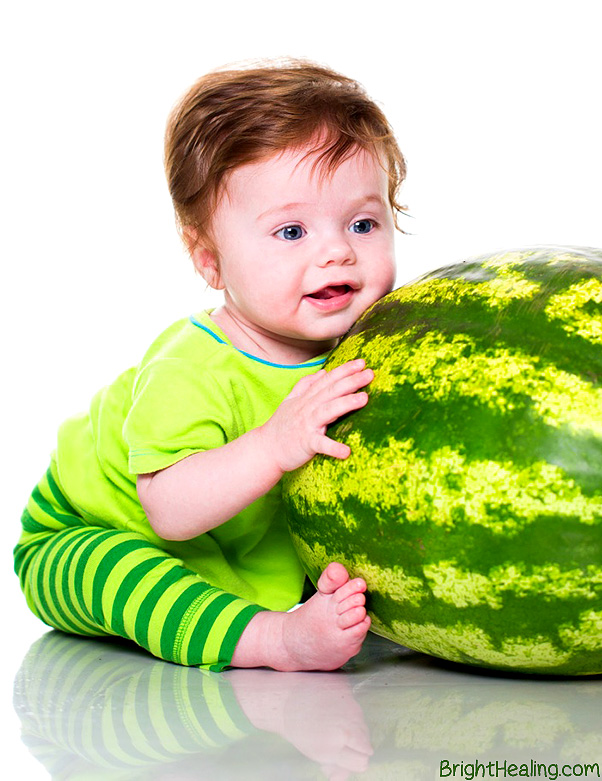If your child has food allergies or food intolerance, it’s very important for your child to avoid that food. You also need to know how to spot the symptoms and manage a reaction.
Food allergies are commonly confused as symptoms of food intolerance because they resemble those of food allergy. However, food intolerance does not involve the immune system and does not cause severe allergic reactions (known as anaphylaxis). Food intolerance also does not show on allergy testing.
The following is a list of signs and symptoms often caused by food allergies or intolerance:
- Runny nose (with clear secretions), watery eyes, seasonal sneezing and wheezing
- Chronic cough
- Circles under eyes
- Frequent colds and/or ear infections
- Frequent skin rashes, such as eczema or hives
- Night coughs and a stuffy nose in the morning
- Diarrhea, abdominal pain and bloating
- Lots of intestinal gas
- Fatigue, behavior problems, headaches
What’s the difference between food allergy and food intolerance?
Food intolerance is a chemical reaction
Food intolerance is a ‘chemical’ reaction that some people have after eating or drinking some foods; it is not an immune response. Food intolerance has been associated with asthma, chronic fatigue syndrome and irritable bowel syndrome (IBS).
A food allergy usually causes an immediate reaction after eating the culprit food. The body’s immune system overreacts to a normally harmless substance such as peanuts and produces large quantities of antibodies causing symptoms ranging from a rash to swelling of body parts.
On the other hand food intolerance causes a delayed reaction, taking hours or even days to become apparent, and it can also be on-going problem irritation.
Examples include stomach ache, glue ear, diarrhea or hyperactivity. Intolerance happens because the body doesn’t produce enough of the necessary chemical or enzyme needed to digest the particular food.
Food allergy occurs in around 1 in 20 children and in about 2 in 100 adults. The majority of food allergies in children are not severe, and will be ‘outgrown’ with time. The most common triggers are hen’s egg, cow’s milk, peanuts and tree nuts. Less common triggers include seafood, sesame, soy, fish and wheat. Peanuts, tree nuts, seeds and seafood are less likely to be outgrown and tend to be lifelong allergies. Some food allergies can be severe, causing life threatening reactions known as anaphylaxis.
Babies and Allergies: The Top 8 Allergenic Foods
– Milk
– Egg
– Peanuts
– Tree nuts (such as walnuts or almonds)
– Fish
– Shellfish
– Soy
– Wheat
Continue to the next page to read the full article:
